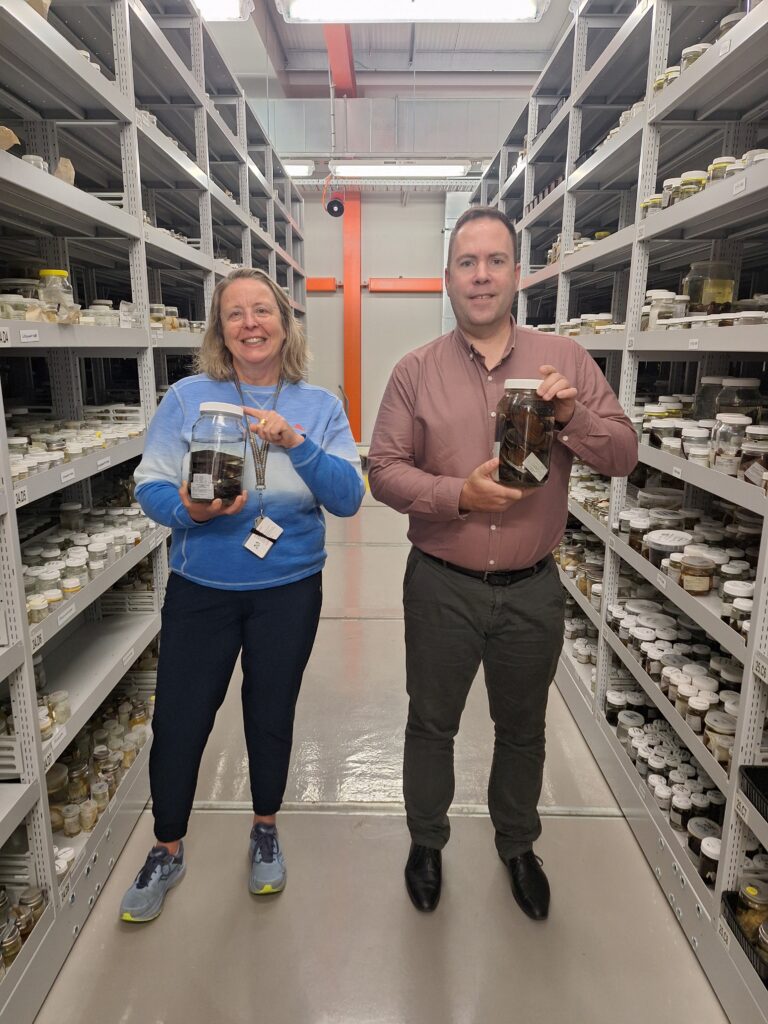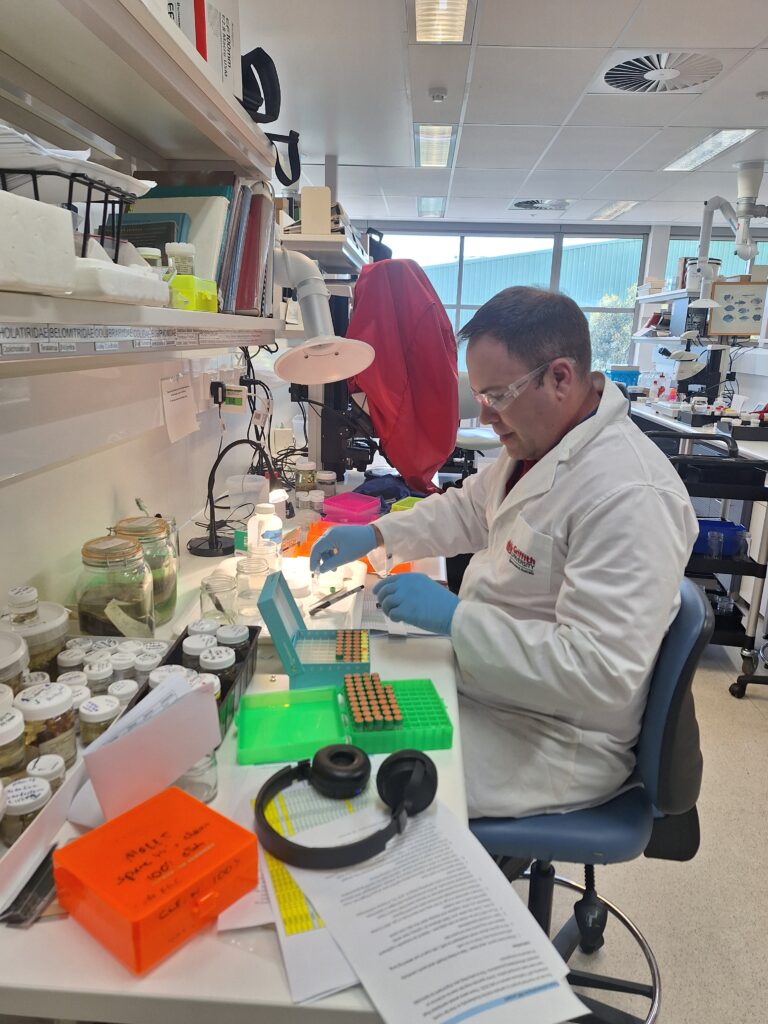Fresh funding has been awarded to a Griffith University researcher with the goal of identifying new and existing species of freshwater mussels, through the Federal Government's Australian Biological Resources Study.

Led by Dr Michael Klunzinger, an Adjunct Research Fellow from Griffith's Australian Rivers Institute, the study aims to describe new species and resolve taxonomic problems in a majority of Australasia's freshwater mussels.
The project is a culmination of nearly 10 years' worth of collecting by project partners, with site visits from every corner of Australia as well as a recent collection trip in the Solomon Islands.
Project collaborators also generously contributed freshwater mussels from Papua New Guinea and New Zealand.
The work is funded with a $20,000 grant and includes incorporating cutting-edge genomic techniques with traditional morphology to modernise the taxonomy of the freshwater mussels in the Australasian region.
The collaboration with researchers from Griffith University, the Western Australian Museum, the Smithsonian Research Institute, University of Porto and the Office of the Supervising Scientist (Northern Territory) aims to formally describe at least six undescribed species and resolve name discrepancies in another 20 or so species.
"The last major taxonomic revision of Australasian freshwater mussels was made near 70 years ago, so this project is a major win for recognising biodiversity in this ancient group of molluscs," Dr Klunzinger said.

"Another exciting aspect of the project will be to better understand the evolutionary relationships between Australasian and South American freshwater mussels."
The Hyriidae is an ancient family of freshwater mussels found only in the Southern Hemisphere, in Australasia (Australia, New Zealand, Papua New Guinea, Indonesian West Papua and Solomon Islands) and South America, with Gondwanan origins dating back to a time when dinosaurs still roamed the Earth.
"Taxonomic work is important for biodiversity conservation because in order to protect threatened species, they need a scientific name to be listed under Australian state and Commonwealth conservation legislation," Dr Klunzinger added.
The use of these combined techniques is likely to reveal new mussel species and better understand diminished ranges f existing species along the Murray-Darling River, Victoria, Western Australia and elsewhere in Australasia.
The project collaborators are:
- Dr Michael Klunzinger – Principal Investigator, Australian Rivers Institute, Griffith University & Western Australian Museum
- Professor Fran Sheldon, Australian Rivers Institute, Griffith University
- Dr Chris Humphrey – Office of the Supervising Scientist, Northern Territory, Department of Climate Change, Energy, the Environment and Water
- Dr Manuel Lopes-Lima – University of Porto, Portugal & IUCN Red List Authority on Freshwater Bivalves
- Dr John Pfieffer – Curator of Bivalves, Smithsonian Institute, Washington, US
- Dr Hugh Jones, University of Sydney








